David Yu
Data Quality Monitoring through Transfer Learning on Anomaly Detection for the Hadron Calorimeters
Aug 29, 2024Abstract:The proliferation of sensors brings an immense volume of spatio-temporal (ST) data in many domains for various purposes, including monitoring, diagnostics, and prognostics applications. Data curation is a time-consuming process for a large volume of data, making it challenging and expensive to deploy data analytics platforms in new environments. Transfer learning (TL) mechanisms promise to mitigate data sparsity and model complexity by utilizing pre-trained models for a new task. Despite the triumph of TL in fields like computer vision and natural language processing, efforts on complex ST models for anomaly detection (AD) applications are limited. In this study, we present the potential of TL within the context of AD for the Hadron Calorimeter of the Compact Muon Solenoid experiment at CERN. We have transferred the ST AD models trained on data collected from one part of a calorimeter to another. We have investigated different configurations of TL on semi-supervised autoencoders of the ST AD models -- transferring convolutional, graph, and recurrent neural networks of both the encoder and decoder networks. The experiment results demonstrate that TL effectively enhances the model learning accuracy on a target subdetector. The TL achieves promising data reconstruction and AD performance while substantially reducing the trainable parameters of the AD models. It also improves robustness against anomaly contamination in the training data sets of the semi-supervised AD models.
Investigating LLM Applications in E-Commerce
Aug 23, 2024
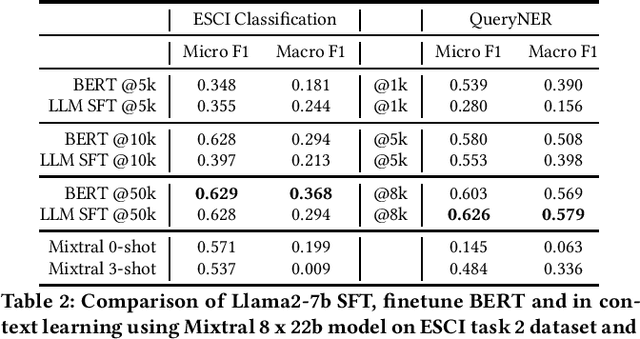
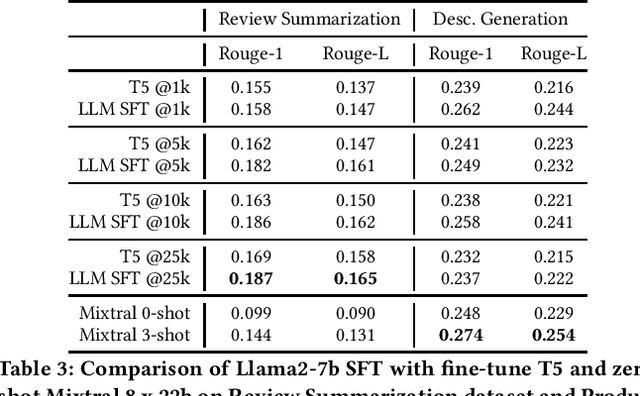

Abstract:The emergence of Large Language Models (LLMs) has revolutionized natural language processing in various applications especially in e-commerce. One crucial step before the application of such LLMs in these fields is to understand and compare the performance in different use cases in such tasks. This paper explored the efficacy of LLMs in the e-commerce domain, focusing on instruction-tuning an open source LLM model with public e-commerce datasets of varying sizes and comparing the performance with the conventional models prevalent in industrial applications. We conducted a comprehensive comparison between LLMs and traditional pre-trained language models across specific tasks intrinsic to the e-commerce domain, namely classification, generation, summarization, and named entity recognition (NER). Furthermore, we examined the effectiveness of the current niche industrial application of very large LLM, using in-context learning, in e-commerce specific tasks. Our findings indicate that few-shot inference with very large LLMs often does not outperform fine-tuning smaller pre-trained models, underscoring the importance of task-specific model optimization.Additionally, we investigated different training methodologies such as single-task training, mixed-task training, and LoRA merging both within domain/tasks and between different tasks. Through rigorous experimentation and analysis, this paper offers valuable insights into the potential effectiveness of LLMs to advance natural language processing capabilities within the e-commerce industry.
Lightweight Multi-System Multivariate Interconnection and Divergence Discovery
Apr 12, 2024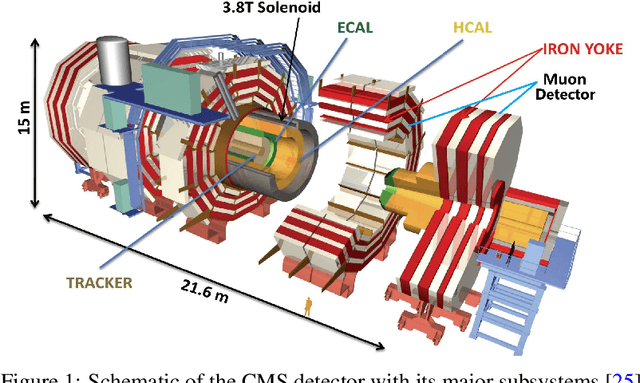
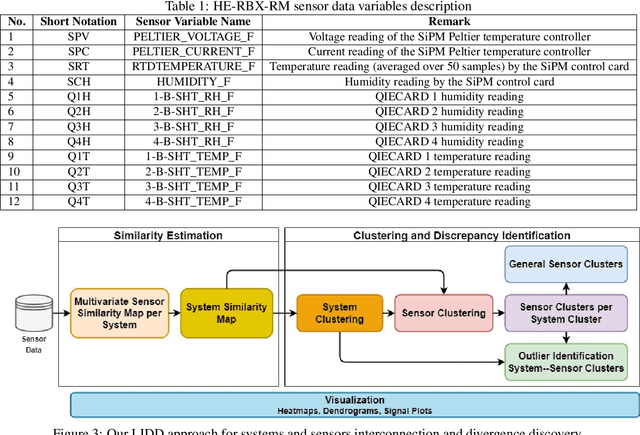
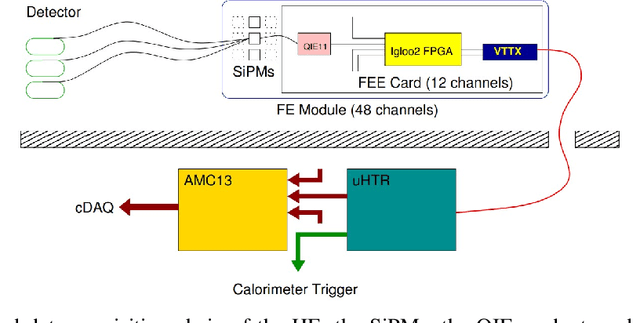
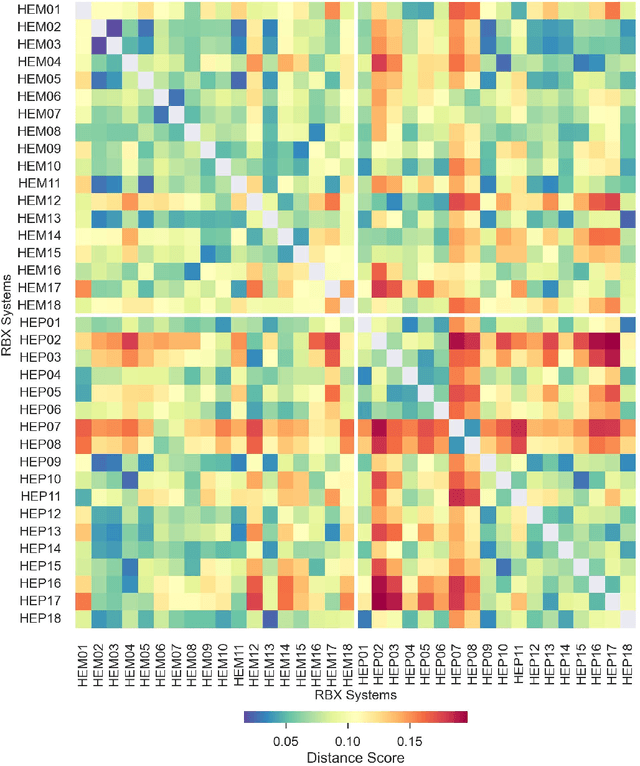
Abstract:Identifying outlier behavior among sensors and subsystems is essential for discovering faults and facilitating diagnostics in large systems. At the same time, exploring large systems with numerous multivariate data sets is challenging. This study presents a lightweight interconnection and divergence discovery mechanism (LIDD) to identify abnormal behavior in multi-system environments. The approach employs a multivariate analysis technique that first estimates the similarity heatmaps among the sensors for each system and then applies information retrieval algorithms to provide relevant multi-level interconnection and discrepancy details. Our experiment on the readout systems of the Hadron Calorimeter of the Compact Muon Solenoid (CMS) experiment at CERN demonstrates the effectiveness of the proposed method. Our approach clusters readout systems and their sensors consistent with the expected calorimeter interconnection configurations, while capturing unusual behavior in divergent clusters and estimating their root causes.
Spatio-Temporal Anomaly Detection with Graph Networks for Data Quality Monitoring of the Hadron Calorimeter
Nov 07, 2023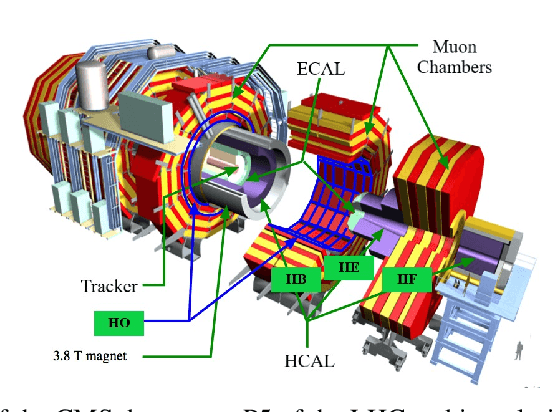
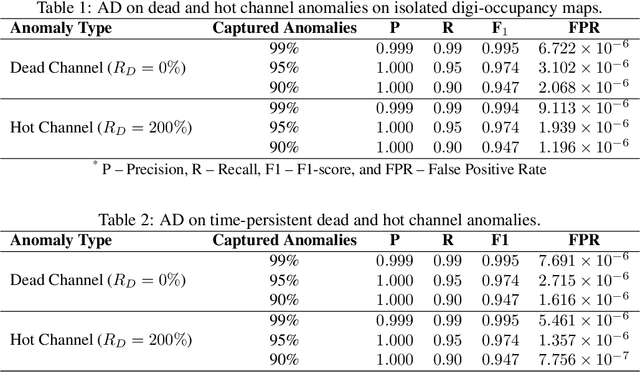
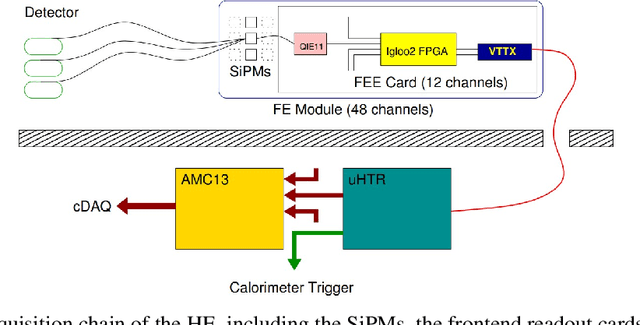
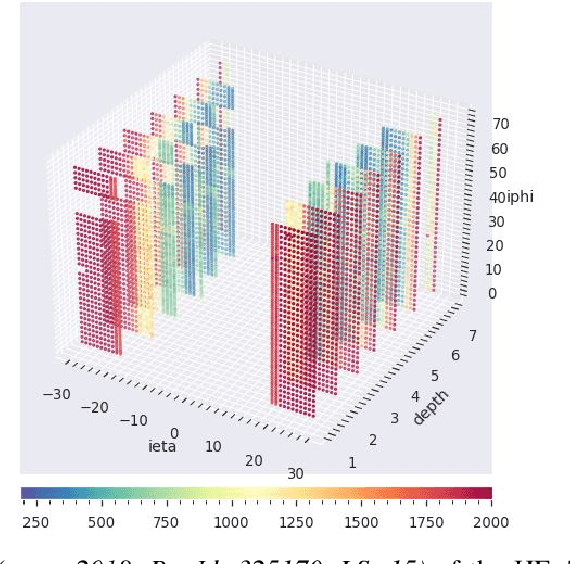
Abstract:The compact muon solenoid (CMS) experiment is a general-purpose detector for high-energy collision at the large hadron collider (LHC) at CERN. It employs an online data quality monitoring (DQM) system to promptly spot and diagnose particle data acquisition problems to avoid data quality loss. In this study, we present semi-supervised spatio-temporal anomaly detection (AD) monitoring for the physics particle reading channels of the hadronic calorimeter (HCAL) of the CMS using three-dimensional digi-occupancy map data of the DQM. We propose the GraphSTAD system, which employs convolutional and graph neural networks to learn local spatial characteristics induced by particles traversing the detector, and global behavior owing to shared backend circuit connections and housing boxes of the channels, respectively. Recurrent neural networks capture the temporal evolution of the extracted spatial features. We have validated the accuracy of the proposed AD system in capturing diverse channel fault types using the LHC Run-2 collision data sets. The GraphSTAD system has achieved production-level accuracy and is being integrated into the CMS core production system--for real-time monitoring of the HCAL. We have also provided a quantitative performance comparison with alternative benchmark models to demonstrate the promising leverage of the presented system.
 Add to Chrome
Add to Chrome Add to Firefox
Add to Firefox Add to Edge
Add to Edge